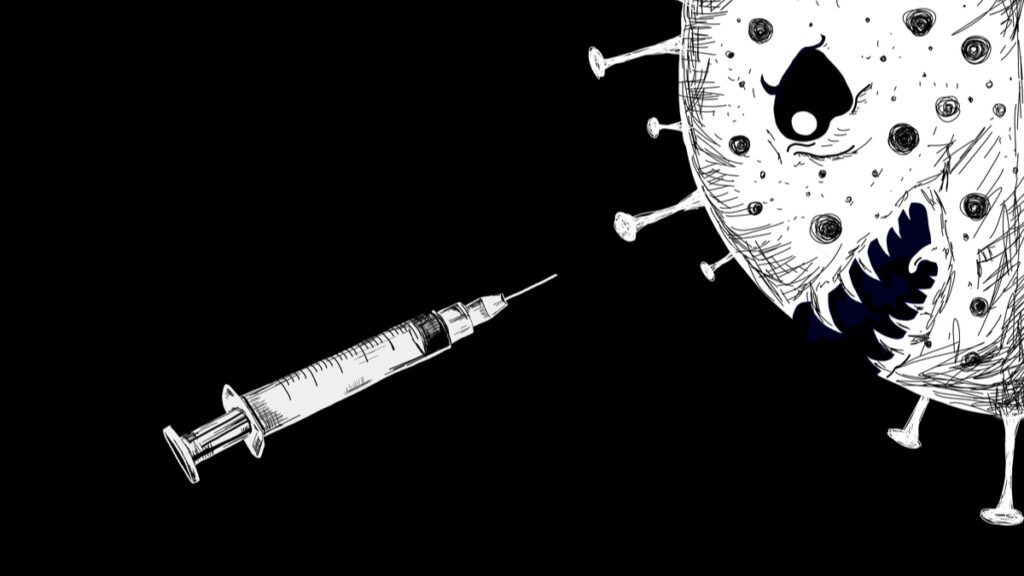
As the world continues its race for a COVID-19 vaccine, some companies are looking at vaccine solutions from a new angle. Can you imagine a digital vaccine for COVID-19? In April, there was 115 potential vaccines in the making, as of September the number has almost doubled to 321, of which 33 are currently in clinical trials, and one is a digital vaccine – we’ll get to that in a bit.
Large-scale manufacturing has been granted for advanced vaccine candidates, that way distribution can begin when they get approval. Usual vaccines work in a different number of ways, but the advanced ones work by triggering antibody and T cell responses that create immunity.
Back to digital vaccines. FriendsLearn, a life science and health tech company based in San Francisco and Chennai in India is working on a different type of immunization against Coronavirus; a digital vaccine. This approach has been dubbed a breakthrough in tech by Carnegie Mellon University in Pittsburgh, US – an alma mater that is known to be the birthplace of artificial intelligence.
You’re probably wondering how the digital vaccine works. The science behind the vaccine is known as FYA-0003. It involves delivering deep technologies via a tablet or smartphone to stimulate neurological functions, and encourage behaviors that protect health at the societal and individual level. This means video games and animated activities that work on principles of psychology, neuroscience, artificial intelligence and behavioral economics to influence certain behaviors and stimulate healthy habits to minimize or prevent COVID-19.
The digital vaccine technology utilizes neurocognitive training mechanisms that help the brain improve processesing, understanding and memory – stimulating both cognitive ability and neurological functioning.
The digital vaccine is currently being prepped for a randomized controlled trial (RCT) with Carnegie Mellon University that will assess its ability to lower the risk of COVID-19, all while exploring if there is any impact on the severity of symptoms, transmission, and infection.